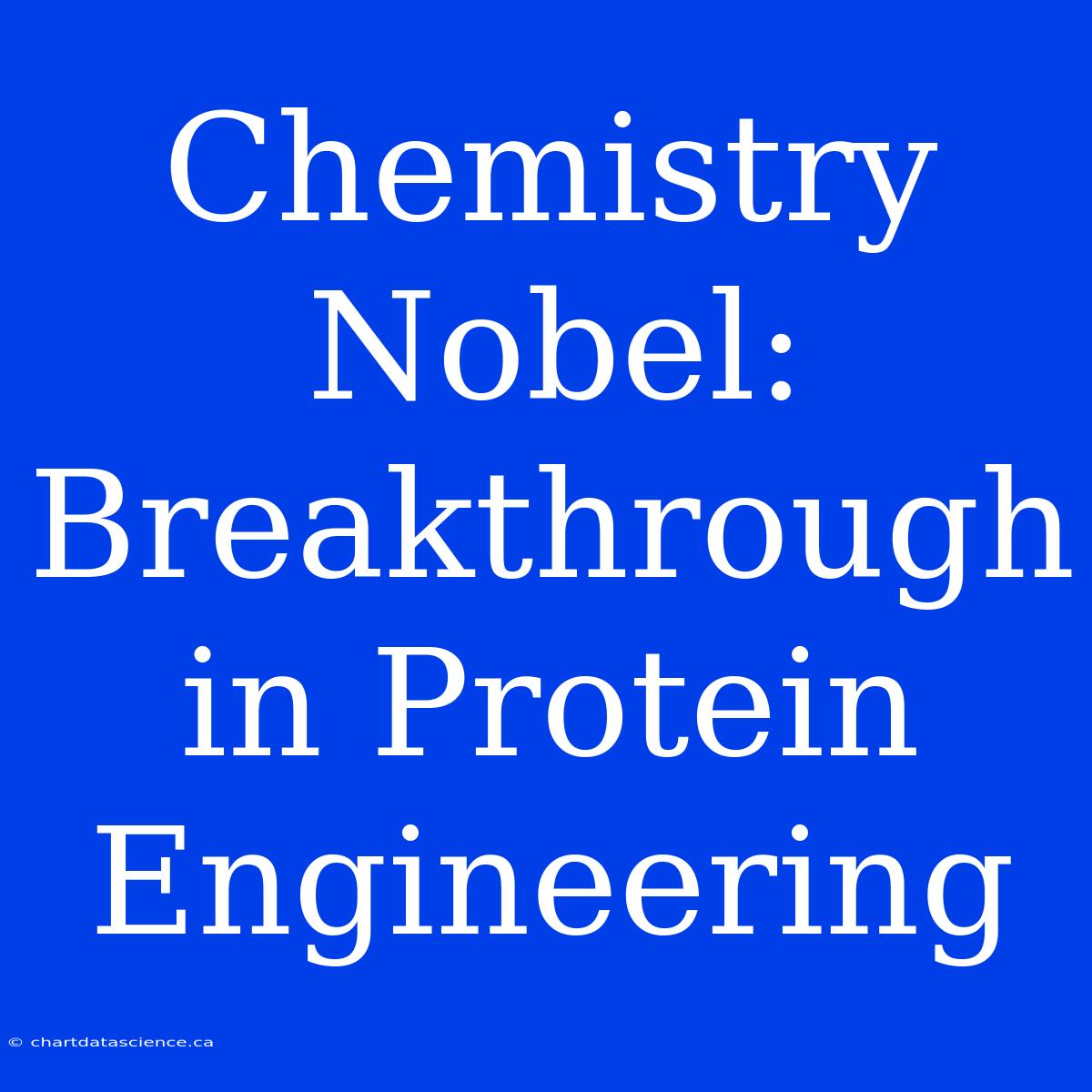Chemistry Nobel: Breakthrough in Protein Engineering
The 2023 Nobel Prize in Chemistry was awarded to Carolyn Bertozzi, Morten Meldal, and K. Barry Sharpless for their groundbreaking work in click chemistry and bioorthogonal chemistry. These fields have revolutionized the way we understand and manipulate molecules, particularly proteins, paving the way for new and exciting applications in medicine, materials science, and beyond.
Click Chemistry: A Simple and Efficient Way to Build Molecules
Imagine building complex molecules with a simple “click” – just like connecting LEGO bricks. That’s essentially what click chemistry is all about. Developed by K. Barry Sharpless and Morten Meldal, this revolutionary concept allows chemists to quickly and efficiently link molecules together under mild conditions.
One of the most popular click reactions is the copper-catalyzed azide-alkyne cycloaddition (CuAAC), discovered independently by Sharpless and Meldal. This reaction involves the highly efficient formation of a stable five-membered ring structure by joining an azide and an alkyne group. The simplicity and reliability of this reaction have made it a cornerstone of modern chemical synthesis.
Bioorthogonal Chemistry: Playing with Molecules Inside Living Systems
While click chemistry revolutionized synthesis, Carolyn Bertozzi took it to a whole new level with her invention of bioorthogonal chemistry. This clever approach allows chemists to modify and study molecules inside living cells without disrupting the delicate balance of life.
Bertozzi’s key breakthrough was the development of bioorthogonal reactions, which can occur within living cells without interfering with natural metabolic processes. One such reaction involves the use of strain-promoted azide-alkyne cycloaddition (SPAAC), a click reaction that happens without the need for copper, which can be toxic to cells.
Protein Engineering: Opening New Doors in Medicine and Beyond
By combining these powerful tools – click and bioorthogonal chemistry – scientists can now engineer proteins with unprecedented precision and efficiency. This has opened up a world of possibilities in various fields, including:
- Drug discovery: Scientists can use click chemistry to rapidly synthesize and screen large libraries of potential drug candidates.
- Biomedical imaging: Bioorthogonal reactions enable the labeling of specific proteins in living cells, allowing for the visualization of biological processes in real-time.
- Materials science: Click chemistry is being used to create new materials with novel properties, including self-healing polymers and biocompatible materials for tissue engineering.
The Nobel Prize in Chemistry for 2023 recognizes the transformative power of these chemical tools. These breakthroughs have not only advanced our understanding of molecular processes but also paved the way for exciting new discoveries and applications that hold the potential to revolutionize medicine, materials science, and countless other fields. The future of protein engineering is looking bright, and it’s only a matter of time before we see even more amazing things!

